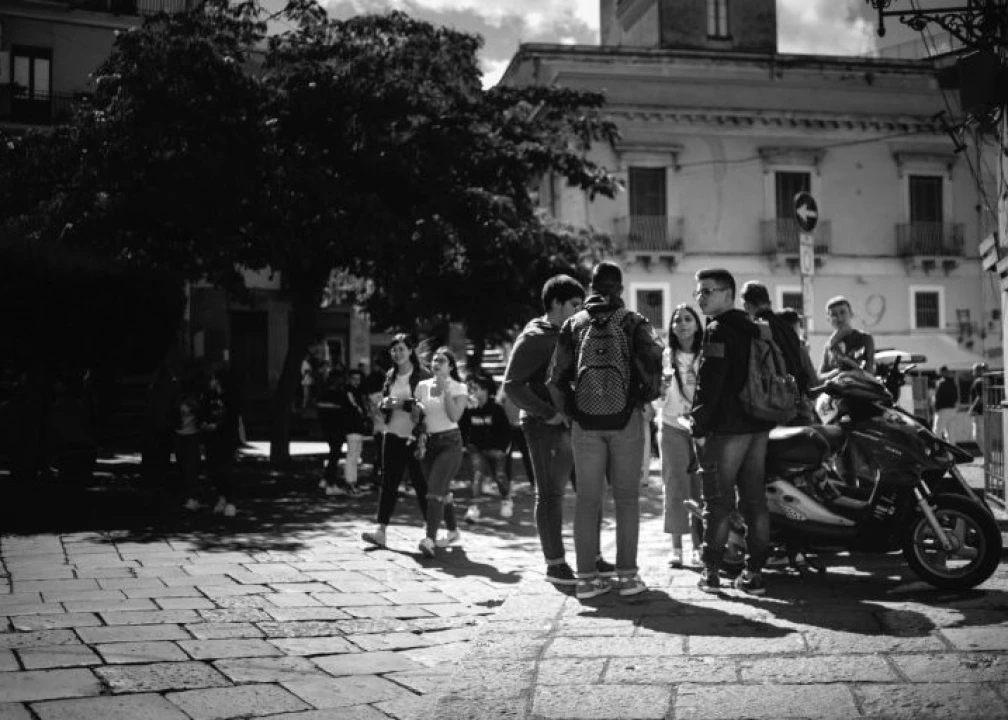Meeting the needs of — and preparing children for — a new global market, bilingual schools are flourishing all over Italy. But how do they fit with Italy’s already strong history of native bilingualism, in which many children have long spoken a dialect at home? How do the two ideas reconcile? We speak to bilingual Italians across the country and abroad for their perspective.
Linguistic evolution
It’s not always known that Italy boasts over 34 spoken languages and dialects. Most, such as Sardinian, Sicilian, or Neapolitan come from Vulgar Latin — just like other Romance languages such as Italian, Catalan, Romanian, French, or Spanish. Other dialects are closer to Germanic, Albanian, or Slavic languages, as they have received the influence of neighboring countries.



